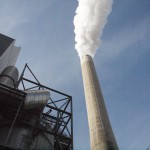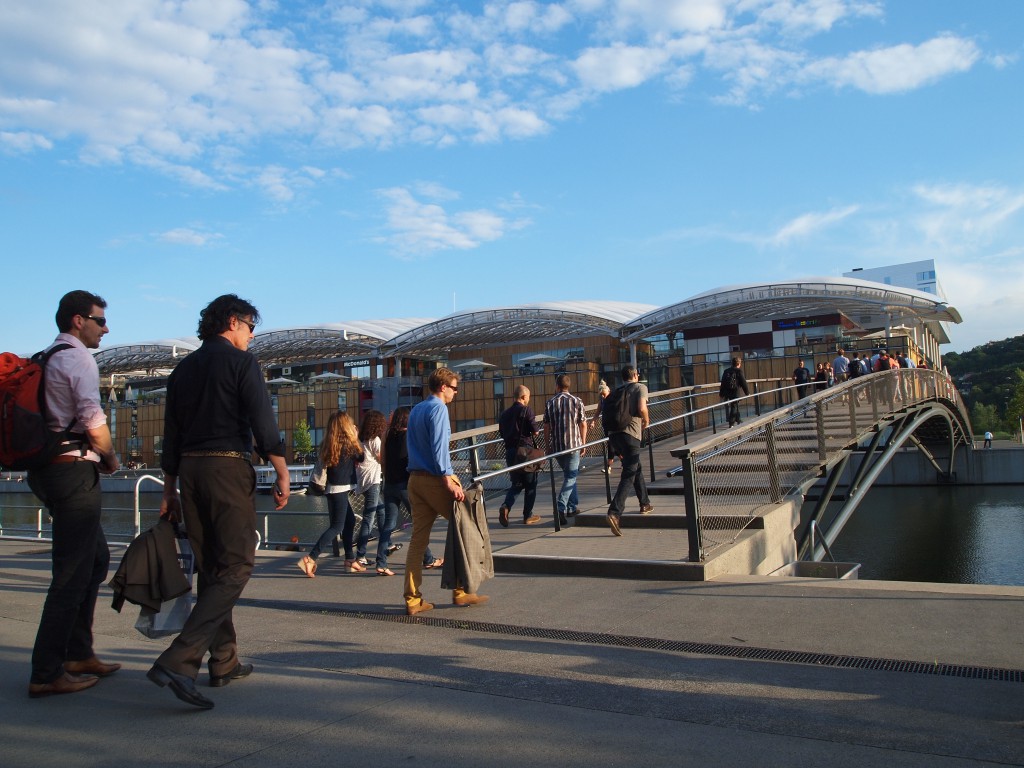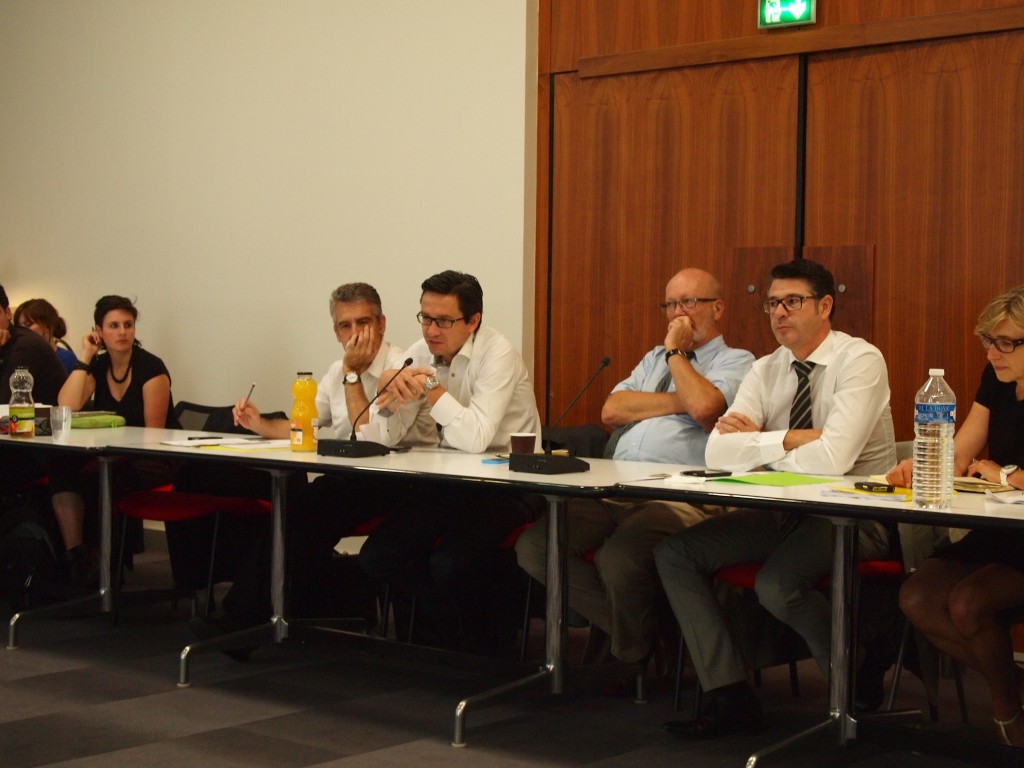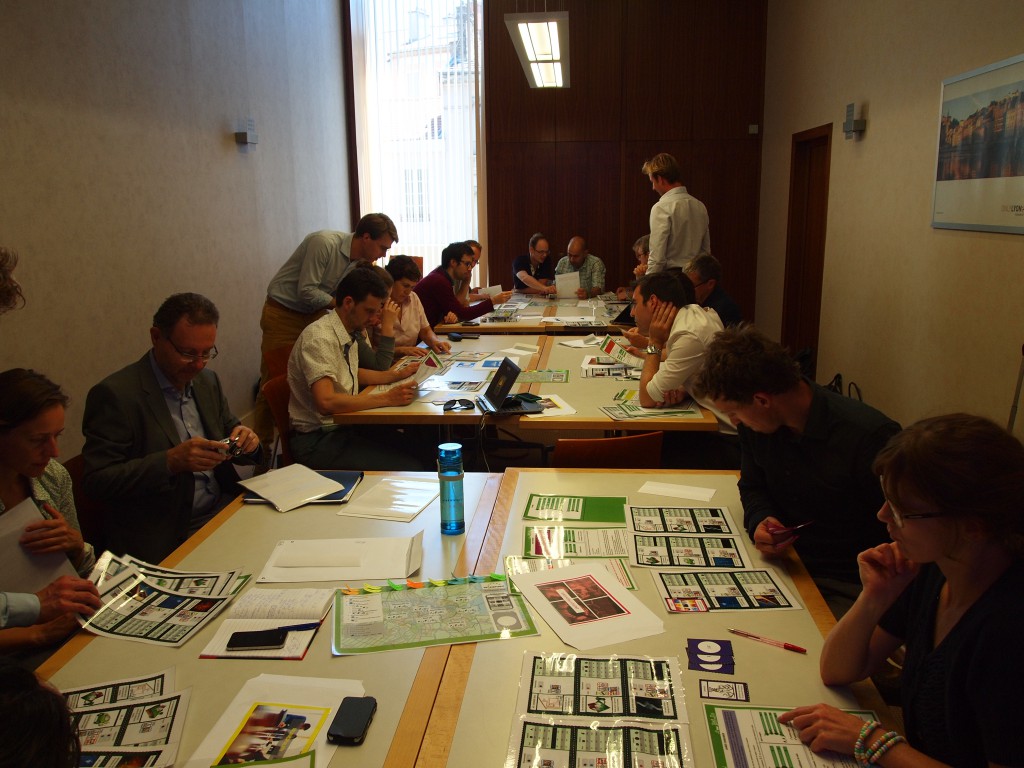VIENNA 2050: Ensuring Quality of Life through Innovation – Adopting the Smart City Wien Framework
 A historic step forward for Vienna. The Smart City Wien Framework Strategy provides solutions for current global challenges and will define policy in the coming decades. Vienna has been “smart” for generations and, as a result, is already one of the world’s most liveable cities. We want to keep it that way. We must now focus on managing current challenges such as climate change and the continuing push to the cities. What makes the Viennese Smart City approach special is social inclusion of all parts of society. Smart City can’t leave anyone behind.
A historic step forward for Vienna. The Smart City Wien Framework Strategy provides solutions for current global challenges and will define policy in the coming decades. Vienna has been “smart” for generations and, as a result, is already one of the world’s most liveable cities. We want to keep it that way. We must now focus on managing current challenges such as climate change and the continuing push to the cities. What makes the Viennese Smart City approach special is social inclusion of all parts of society. Smart City can’t leave anyone behind.
The “Smart City Wien Framework Strategy” is a long-term umbrella strategy to 2050 that will establish a conducive, long-term and structural framework that will exist alongside other established documents, plans and programs. It was adopted by the Vienna City Council on 25 June 2014. Beyond its vision, the framework is intended to facilitate goals and goal hierarchies, specific strategic approaches, project evaluation criteria for the Smart City Wien, as well as coordinated policy action. This will be implemented with specific, time-phased goals that will be subject to ongoing monitoring and review.
 Three fields of action have been defined: Resources – Quality of Life – Innovation. These lead us to the key objective for 2050 of the Smart City Wien: “The best quality of life for all inhabitants of Vienna, while minimizing the consumption of resources. This will be realized through comprehensive innovation.”
Three fields of action have been defined: Resources – Quality of Life – Innovation. These lead us to the key objective for 2050 of the Smart City Wien: “The best quality of life for all inhabitants of Vienna, while minimizing the consumption of resources. This will be realized through comprehensive innovation.”
Only real innovation in the energy, transportation, health-care, construction and communication sectors can further improve the already high quality of life. Vienna is intent on becoming an international leader in this regard. Our city is in an excellent position to achieve this goal, already offering model solutions in many areas. One need only think of the Vienna mountain spring pipeline opened in 1873 or the “Gemeindebauten” of the 1920′s.
Overview of Selected Objectives:
Reduction of CO2 emissions from currently 3.1 tonnes per capita to 1 tonne per capita (- 80% CO2 from 1990 to 2050). By 2050: 50% of Vienna’s gross energy consumption will originate from renewable sources. Primary energy input should drop from 3,000 to 2,000 watt per capita. Decrease of motorized individual traffic from currently 28% to 15% by 2030. By 2050 all vehicles within the municipal boundaries run without conventional propulsion technologies. Another objective is the reduction of energy consumption of existing buildings for space heating, cooling and water heating by 1% per capita and year. By 2030 the Innovation triangle Vienna–Brno–Bratislava is one of the most future-oriented cross-border innovation regions in Europe. The share of technology-intensive products in the export volume will have increased from currently 60% to 80% by 2050. In 2050, Vienna is one of the five biggest European research and innovation hubs. All people in Vienna should enjoy good neighbourly and safe life conditions irrespective of their background, physical and psychological condition, sexual orientation and gender identity. Safeguarding of medical care at the highest level. The share of green spaces will remain at over 50%.
Download the strategy document here: Smart City Wien
©City of Vienna, MA18















